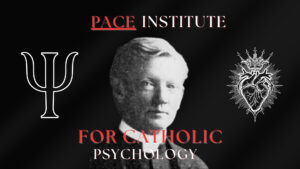Pfizer’s Success and Upcoming Challenges

Image courtesy of WEC TV
By Jack Rowing
On November 9, the pharmaceutical company Pfizer and BionTech announced that they had developed a vaccine with over 90% efficacy rate. This skyrockets over the desired results for any COVID-19 vaccine. As in the previous months the Food and Drug Administration (FDA) had said they will only consider approving a vaccine that was over 50% effective and Dr. Anthony Fauci has said that he would be satisfied with a 75% efficacy rate. This is huge information for the world and was reflected in large gains for the companies in the stock market, as both companies stock shot up more than 15 points following their press releases.
Pfizer’s study was announced after the acquiring of results from a phase three trial. They had previously refused government funding, fearing that restrictions placed upon them as a part of the funding would inhibit their ability to create a vaccine. A phase three trial is done by administering both the vaccine and a placebo to a large human population, which in this case, was 44,000 people with various genders, races, ethnicities, and ages. Then they send those same people out into the world again and see how the results of the placebo group differ from the results of the vaccine group. This has come back with massive success. Somewhere between 90-95% efficacy was acquired by the data. The vaccine has been sent to the FDA for emergency authorization. This will require more monitoring of possible side effects of the vaccine. As of now only mild side effects have been observed with 3.8% of participants experiencing fatigue and 2% experiencing headaches. They expect to have emergency authorization by late November or December. However, approval is not the only major hurdle facing the companies.
While the company has been preparing for these successful trials and has been buying the necessary ingredients and tools in bulk in order to mass produce this vaccine, it will still be a massive logistical challenge. They expect to have 50 million doses by the end of 2020 which would be enough for 25 million people and 1.3 billion doses for 650 million people sometime in 2021.
Distribution of the vaccine will be one of the greatest logistical challenges of the 21st century. To decide who should get the vaccine first, where it can save the most lives, and end the pandemic fastest is only the half of it. The Pfizer vaccine requires two separate shots, each of these shots must be kept at negative 70 degrees celsius. They would plan on doing this by using specialized suitcases that would act as refrigerators for transportation. This would also be very helpful as it would help many hospitals that do not currently have the refrigerators that reach negative 70 degrees celsius. These containers are called Freezer Farms. These have been in development since the summer by UPS for this exact situation. As many companies and government agencies have been preparing for this logistical feat, they have also been adding safety measures to protect against robbery; each of the cases will have a GPS tracker, and be escorted by the U.S. Marshals. They will also be sending out dummy trucks to throw off any possible theft of the vaccine.
While the logistical problems of social distancing and masks will still remain critical in the fight against this deadly virus, the advent of a new vaccine is a massive success for both the private sector, U.S. government agencies, and the individuals who worked on them. This will be an extremely impressive tool against the virus and marks a great day for people across the world.





